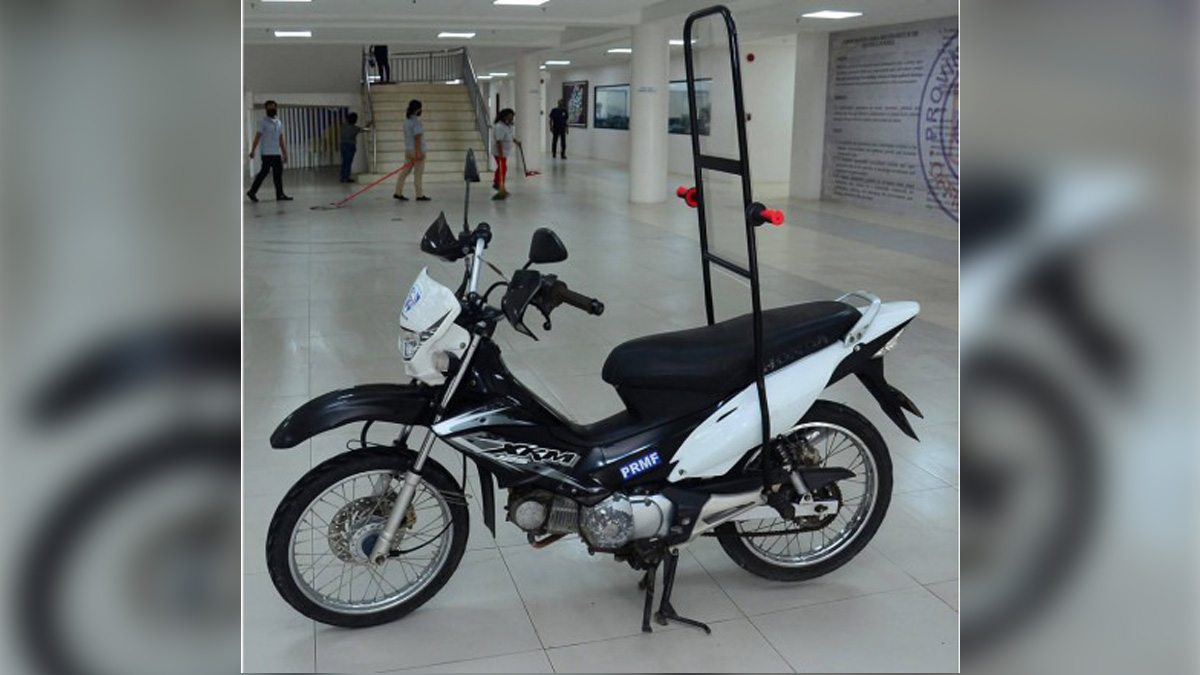In the past few weeks, some local government units have come up with different designs for motorcycle-mounted protective shields that can help prevent the spread of coronavirus between riders and their passengers.
Governors Arthur Yap of Bohol and Arthur Defensor Jr. of Iloilo were among the first to submit their versions to the Land Transportation Office (LTO) and the Inter-Agency Task Force (IATF) for the Management of Emerging Infectious Diseases, hoping to convince these agencies to lift the ban on backriding or pillion riding. The rush then quickly spread to other sectors, including motorcycle-taxi companies Angkas, JoyRide, and Citimuber, who also came up with personal protective equipment for rider-partners as they wait for the government to decide on when they can resume operations.
The motorcycle-mounted protective shields prepared by these groups basically have the same design, composed of two poles (measuring three to four feet in height) attached to the bike’s chassis, with transparent plastic panels to separate the rider from the passenger. Each pole has a handle for the passenger to hold on to.
This morning, presidential spokesman Harry Roque announced that the IATF has approved the design of a protective shield submitted by Governor Yap, and that the government agencies involved in the implementation of health protocols and the regulation of public transport are already in the process of formulating guidelines for pillion riding.
“Approved na yan in principle,” Roque said.
The Malacañang official did not mention if the government is inclined to allow backriding for the commuting public in general, or just among family members. Nevertheless, his announcement came as a relief for millions of commuters who are affected by the acute shortage of public transportation.


